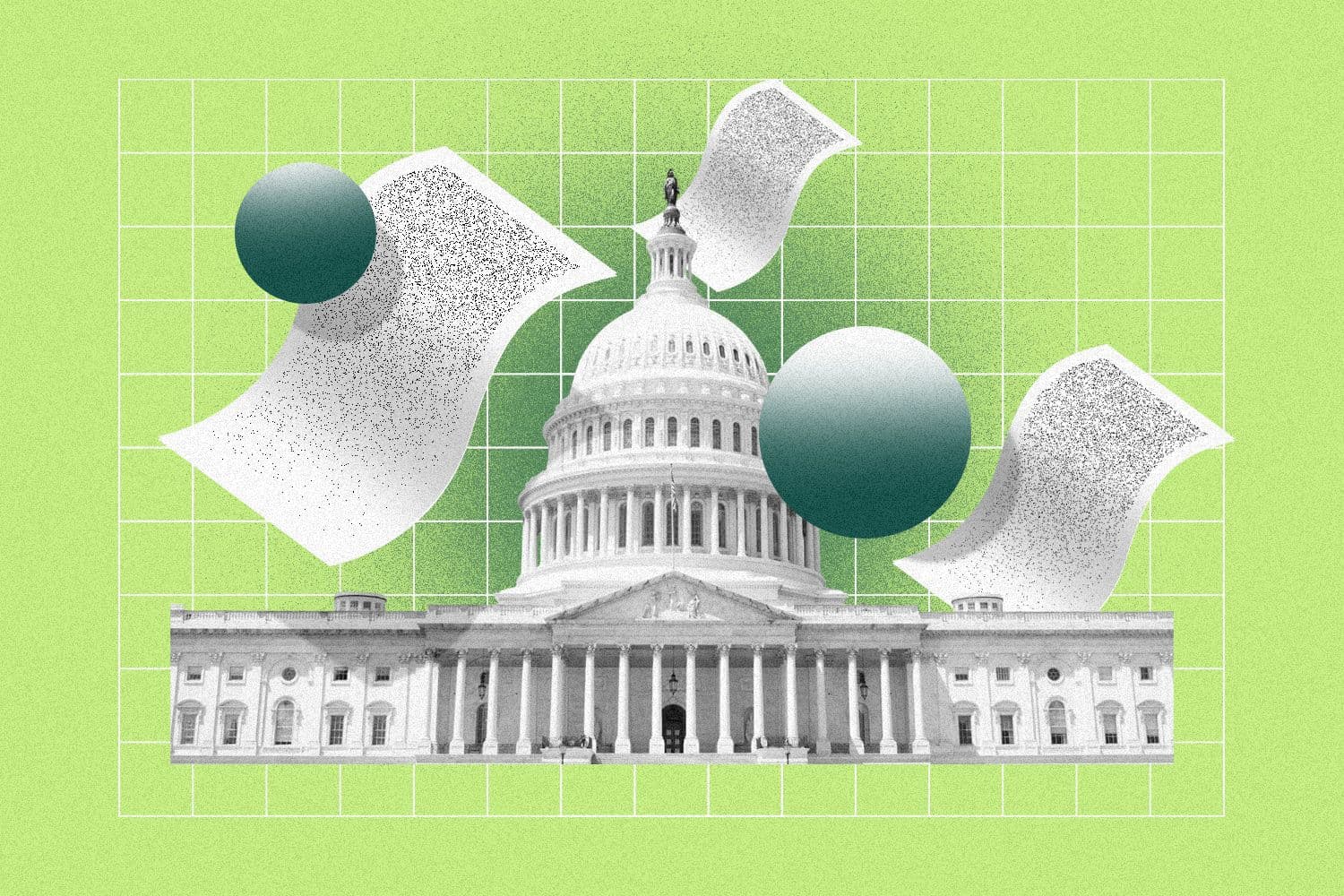Legislative lowdown: NLRB lowers bar for joint-employer status
Under the new rule, it will be easier for two companies to qualify as a joint-employer, even if they don’t exercise direct control over workers’ employment.

Francis Scialabba
• 3 min read
Courtney Vinopal is a senior reporter for HR Brew covering total rewards and compliance.
The National Labor Relations Board (NLRB) adopted a new rule in October that will make it easier for two businesses to qualify as a joint-employer of a group of employees. If two companies are considered a joint-employer, they are then legally liable for one another’s actions—including unfair labor practices—and must bargain with unions representing the workers they oversee.
Here’s what HR should know about the rule, which is set to take effect before the end of the year but faces scrutiny from some pro-business groups and lawmakers.
Rule lowers threshold for joint-employer status. The new NLRB standard, which will take effect on Dec. 26, rescinds and replaces an April 2020 rule. The older rule made it easier for two companies to avoid joint-employer status, as it required both to exercise “substantial direct and immediate control” over essential terms and conditions of workers’ employment, the NLRB wrote in a recent fact sheet.
Under the new rule, two businesses may be considered a joint-employer if they “share or co-determine” at least one essential term and condition of employment as defined by the board, such as wages, benefits, and other compensation, work hours and scheduling, or employment tenure. This may be true regardless of whether that control is exercised, and regardless of whether it’s direct or indirect, per the NLRB.
In a statement, NLRB Chairperson Lauren McFerran said the new standard reflects “a legally correct return to common-law principles and a practical approach to ensuring that the entities effectively exercising control over workers’ critical terms of employment respect their bargaining obligations under the NLRA,” referring to the federal statute covering worker rights.
Quick-to-read HR news & insights
From recruiting and retention to company culture and the latest in HR tech, HR Brew delivers up-to-date industry news and tips to help HR pros stay nimble in today’s fast-changing business environment.
Implications for businesses. The expanded joint-employer standard is likely to have a significant impact on franchisors and businesses that hire workers through staffing firms, Bloomberg Law reported. A national fast-food chain could be required to negotiate with a union representing workers at one of its independently-owned franchise locations, for example, if the NLRB ruled both the franchisee and its national parent franchisor were joint employers.
“It will be very important for our franchisor clients to go through their policies with a fine-tuned comb,” Paul Woody, a franchise attorney at Greensfelder in St. Louis, told SHRM, noting the new standard makes the question of joint-employer status murkier.
The new rule is reportedly likely to be challenged in court. It has also drawn criticism from groups including the International Franchise Association, US Chamber of Commerce, and National Retail Federation. Michael Layman, senior vice president for government relations and public affairs for the International Franchise Association, argued the policy will “change the rules” for hundreds of thousands of franchise owners, turning them into “middle managers in their own businesses.”
Separately, Senators Bill Cassidy and Joe Manchin announced a resolution seeking to overturn the new joint-employer rule, arguing it “saddles franchisers with the liability of individual franchise owners despite having no operational control over the business’ employees.”
Quick-to-read HR news & insights
From recruiting and retention to company culture and the latest in HR tech, HR Brew delivers up-to-date industry news and tips to help HR pros stay nimble in today’s fast-changing business environment.